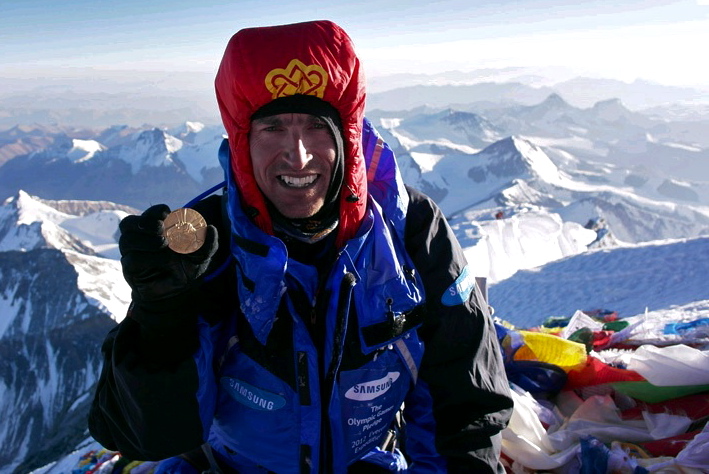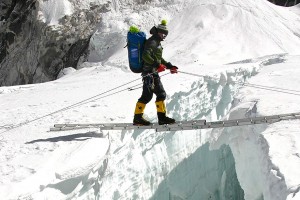THERE IS WIFI ON EVEREST. This disillusioning fact gives me pause as I begin to form my interview questions from the tangled wad of boyish wonderment that accompanies the thought of climbing Everest.
It is strange to imagine Kenton, bundled and hunkered at Camp 4 (approx. 26,000 feet), plinking away at his keyboard, addressing my curiosities.



